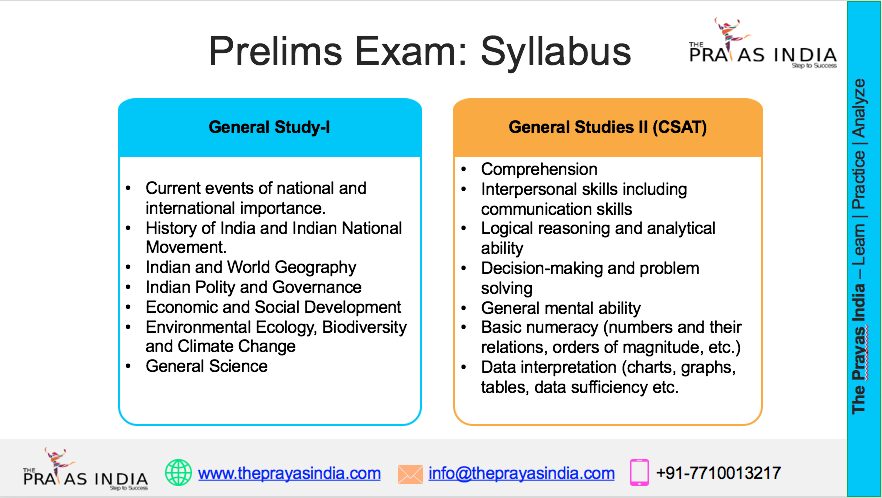India’s Innovation Surge Fuels Patent Growth
India’s innovation landscape is experiencing a historic transformation, marking the country’s evolution from being primarily a technology consumer to emerging as a global technology creator. For the first time in 2023, Indian-origin patent filings exceeded those from any single foreign country within India, highlighting the strength of homegrown research, entrepreneurship, and institutional support. This remarkable shift reflects the synergy of government reforms, academic leadership, and rising R&D capabilities, positioning India as a leader in intellectual property and innovation.
Rising Patent Filings by Indian Applicants
In 2023, Indian applicants accounted for 57% of all patent filings, a significant leap compared to the early 2000s, when domestic filings were less than 20%. India has also become the second-largest recipient of granted patents, overtaking the United States in 2021.
This surge in filings is not only a reflection of quantity but also of quality. The patent ecosystem is no longer limited to industrial giants; instead, universities, startups, and individuals are driving innovation, ensuring India’s expanding role in the global knowledge economy.
Government Initiatives Driving Innovation
Government policies have played a pivotal role in reshaping India’s intellectual property landscape. Some key reforms include:
- National Intellectual Property Rights (IPR) Policy – Encouraging protection and awareness of intellectual property.
- Atal Innovation Mission (AIM) – Promoting innovation and entrepreneurship among startups, researchers, and students.
- Reduced fees by 80% for educational institutions and startups filing patents.
- Expedited examinations and digitalisation of the patent filing process, ensuring faster and more transparent approvals.
These initiatives have not only reduced barriers for innovators but also created an ecosystem where patent filing is accessible, efficient, and globally competitive.
Changing Patent Landscape by Sector
India’s patents are increasingly shifting from traditional sectors to high-tech, interdisciplinary fields:
- Computer science patents: 1.27% in 2000 → 26.5% in 2023
- Electrical engineering: 8.27% → 16.41%
- Biomedical innovations: 0.6% → 10%
- Physics-related patents: 2% → 4%
This diversification demonstrates India’s focus on emerging technologies such as AI, healthcare, clean energy, and advanced materials, areas that define the future of global innovation.
Faster Patent Processing and Increased Approvals
Earlier, a patent could take 8–10 years for approval, discouraging many innovators. Today, streamlined processes mean that patents are being granted in 2–3 years, and in some cases, even within the same year as filing.
Although around 80% of filings remain under review, the acceleration in approvals significantly supports commercialisation of research, faster product development, and competitive advantage in global markets.
Shift in Patent Filers – Individuals and Institutions Lead
One of the most remarkable changes in India’s patent landscape is the rise of individuals and institutions as key contributors:
- Company filings: Dropped from 43% (2000) → under 17% (2023)
- Individual filings: Increased from <10% → around 32%
- Educational institutions: Now contribute nearly 43% of all filings
This transformation reflects the success of programmes like KAPILA (Kalam Program for IP Literacy and Awareness) and the Atal Innovation Mission, which encourage IP awareness, research translation, and entrepreneurship in academia.
Role of Universities and Research Institutes
Indian universities have become innovation powerhouses.
- IIT Madras doubled granted patents from 156 (2022) → 300 (2023).
- IIT Bombay led the nation with 421 patents granted in 2023–24.
These institutions are not only producing research but also supporting its commercialisation through dedicated IP cells, incubation hubs, and legal support. Such initiatives are critical in nurturing startups and ensuring India’s innovation pipeline remains strong.
Need for Increased R&D Investment
Despite these achievements, India’s R&D expenditure remains at 0.67% of GDP, significantly lower than:
- US – 3.5%
- China – 2.5%
For India to sustain its innovation momentum and emerge as a global knowledge leader, investment must rise to at least 2% of GDP. Greater funding in foundational research, cutting-edge technology, and cross-disciplinary fields will ensure that India’s patent surge translates into lasting economic and technological leadership.
Conclusion
India’s surge in patent filings is not just a statistic—it is evidence of a nation on the rise in innovation and intellectual property. The combination of government reforms, academic excellence, and individual creativity is reshaping the country’s role in the global technology ecosystem.
To sustain this momentum, India must continue investing in R&D, capacity building, and global collaborations. If nurtured well, this innovation surge could propel India into a second golden age of technology leadership, making it a true knowledge superpower of the 21st century.




![Prayas-तेजस [UPSC CSE Sociology Optional] – Online & Offline](https://theprayasindia.com/wp-content/uploads/2025/09/Prayas-तेजस-UPSC-CSE-Optional-Subject-The-Prayas-India-300x300.png)
![Prayas-सूत्र [UPSC CSE Materials (Hardcopy)]](https://theprayasindia.com/wp-content/uploads/2025/09/Prayas-सूत्र-UPSC-CSE-Study-Materials-Hardcopy-The-Prayas-India-300x300.png)
![Prayas-मंत्रा [UPSC CSE CSAT]](https://theprayasindia.com/wp-content/uploads/2025/09/Prayas-मंत्रा-UPSC-CSE-CSAT-The-Prayas-India-300x300.png)
![Prayas सारथी [UPSC CSE One on One Mentorship]](https://theprayasindia.com/wp-content/uploads/2025/09/Prayas-सारथी-UPSC-CSE-One-on-One-Mentorship-The-Prayas-India-300x300.png)










